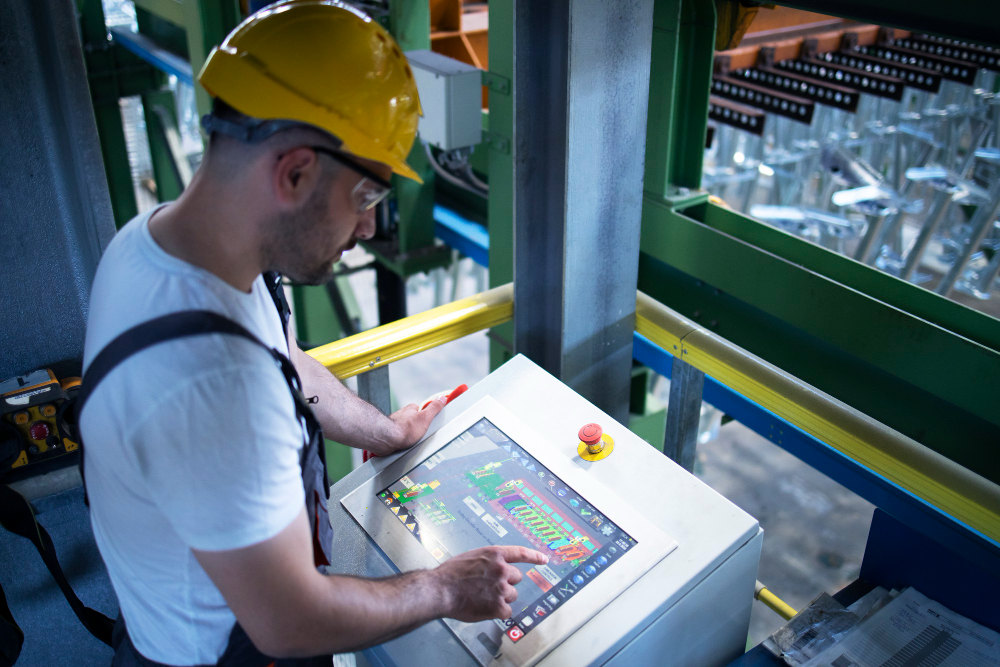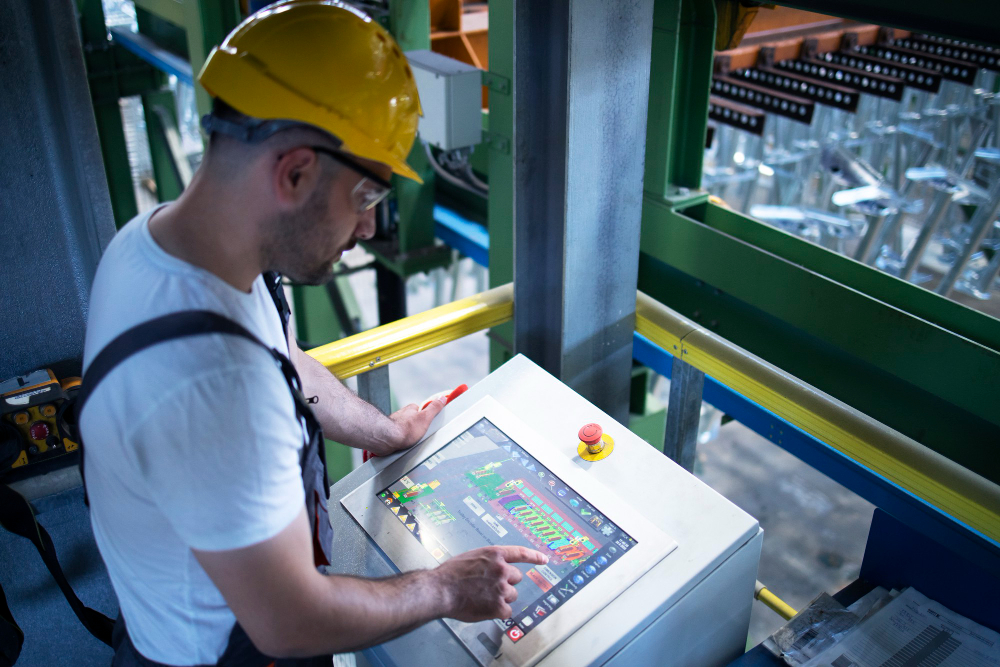Industry 4.0 combines various digital innovations and technologies, such as the Internet of Things and artificial intelligence, which can revolutionize industrial operations.
Today, the wireless sensor is one of the most widely used technologies in predictive maintenance. This device provides more accurate results on the state of the equipment since it has a very high sensitivity for detecting anomalous minimum vibrations. It can also be monitored online, even in industrial parks far from major centers.
If you still doubt the effectiveness of these devices, here are 7 benefits of wireless sensors in predictive maintenance.
1. Greater efficiency in production processes
Through process simplification and enhanced data accessibility, wireless sensors empower industrial parks to optimize productivity and minimize resource utilization on the factory floor.
According to Senai’s research, Industry 4.0’s digital technologies can increase the productivity of micro, small, and medium-sized companies by an average of 22%.
Industry 4.0, with its reliance on wireless sensors, significantly reduces maintenance and labor costs, allowing manufacturers to enhance productivity, quality, and revenue growth.
2. Safer, data-based decision-making
The benefits of the wireless sensor in predictive monitoring are significant. Using artificial intelligence technologies, a large volume of data can be collected to generate valuable insights for the operation of industrial parks.
Some examples are the performance of each piece of equipment, the useful life, the availability and reliability of each industrial plant, and the production potential of each park.
This data is collected using big data & analytics resources and read by professionals in predictive monitoring.
3. Savings on repairs and downtime
One of the main benefits of the wireless sensor in predictive maintenance is the regular checking of assets in advance, thus avoiding unexpected problems with repair maintenance.
In addition, because it is a wireless sensor, it is possible to save on cabling and labor for data capture since the process is automated.
4. Ease of monitoring hard-to-reach locations
One challenge before Industry 4.0 was carrying out predictive monitoring in places that needed to be made accessible or far from the center. This is because data collection was done manually, and the logistics of professionals at each piece of factory equipment had to be considered.
Today, wireless sensors monitor equipment in dangerous environments and places that are difficult to access or far from urban centers since the data is sent directly to the monitoring company’s database and analyzed by professionals with expertise.
5. Much more frequent monitoring
The wireless sensor for predictive maintenance allows monitoring to be done remotely much more frequently than traditional predictive maintenance, which used to be done once or twice a month, depending on the park’s size and the company.
In the traditional method, asset maintenance in the field requires the periodic dispatch of technical teams, which involves high costs in terms of time, resources, logistical complexity, and a low collection rate.
6. Avoids losses from downtime costs
According to a study by Emaint, factories lose between 5% and 20% of their production capacity due to downtime. This happens when equipment is unavailable, forming bottlenecks in the production line.
Around 82% of companies have experienced unplanned downtime in the last three years, according to a survey by Aberdeen Research. The report says unplanned downtime can cost a company up to $260,000 per hour.
The good news is that using predictive maintenance and artificial intelligence resources in data analysis helps prevent these machine failures and avoid unplanned downtime. Research by McKinsey shows that predictive maintenance reduces machine downtime by 30-50% and increases the useful life of assets by 20-40%.
7. Faster responses to problems
When a predetermined limit for machine operation is reached, an alert is generated immediately, and analysts have instant access to machine condition data. They can then conduct precise analyses through asset management software, in real-time and from anywhere.”
Avoid unforeseen events! Have wireless sensors monitoring your equipment 24/7
Your industrial park can also benefit from Industry 4.0 technologies in predictive maintenance. SEMEQ has know-how and experience in this area and uses traditional and predictive maintenance techniques. We currently have one of the most technological and sensitive sensors on the market, capable of identifying even minimal vibrations in each piece of equipment.
SEMEQ wireless sensor
- 10kHZ sensitivity – detects bearing and gear failures;
- Up to 3 years of battery life and replaceable;
- No need to discard the sensor when the battery runs out;
- 3G/4G connection and independent operation;
- Triggers and variable load.
Our company has over 300 employees and a portfolio of more than 500 monitored factories in 45 countries.




